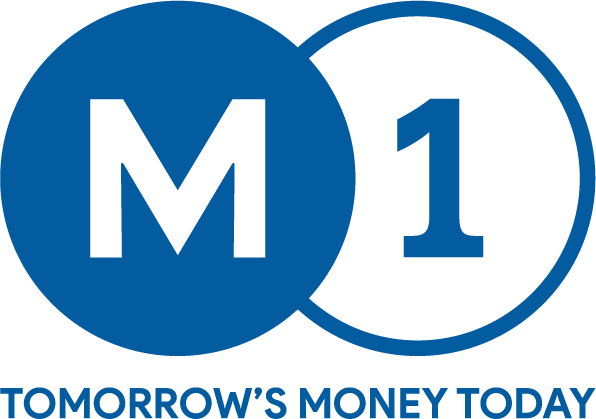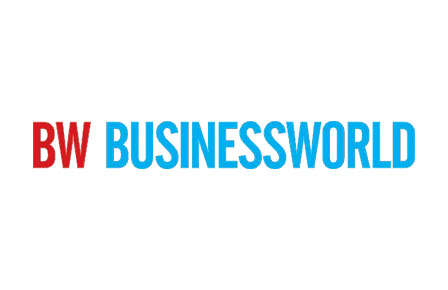India’s micro, small, and medium enterprises (MSMEs) are the unsung architects of economic growth, contributing nearly 30 per cent to GDP and employing over 110 million people. Yet, these businesses remain entangled in a web of delayed payments, limited credit access, and high operational costs, stifling their potential.
The Union Budget 2025 has positioned MSMEs at the heart of economic reforms, unveiling expanded credit schemes and enforcing stricter payment timelines. While industry leaders applaud these measures, the real challenge lies in their seamless execution and whether they can deliver meaningful change to businesses on the ground.
A recurring challenge for MSMEs has been delayed payments, especially from large corporations and government entities. Despite the mandated 45-day payment rule, small businesses struggle with working capital shortages.
Addressing this, Sundeep Mohindru, Promoter and Director of M1xchange, remarked, “Credit access alone cannot substitute for disciplined payment practices. Strict enforcement of payment timelines under the MSME Samadhaan framework, coupled with incentives for prompt payments, will be critical in ensuring that small businesses do not struggle with liquidity shortages.”
The government has also mandated businesses with revenue over Rs 250 crore to register on the Trade Receivables Discounting System (TReDS), ensuring MSME vendors receive timely payments. Experts believe this could be a game-changer, provided enforcement mechanisms are robust.
Expanding Credit Access: A Lifeline Or A Debt Trap?
The Budget 2025 announced an additional Rs 1.5 lakh crore in credit for MSMEs, alongside expanding the credit guarantee cover from Rs 5 crore to Rs 10 crore. While this aims to improve financial accessibility, some fear it could increase debt burdens for already struggling businesses.
Pallavi Shrivastava, Co-founder of Progcap, emphasised, “Concerns around debt burdens are understandable, but the additional credit, along with expanding the credit guarantee cover, is a crucial step toward addressing the longstanding credit gap for MSMEs.” She further noted that alternative assessment models using digital footprints, GST data, and trade receivables could improve unsecured loan availability at lower interest rates.
However, financial literacy remains a challenge. Without better financial management tools and awareness, there is a risk of over-leveraging, especially as digital lending gains traction.
A New Definition For MSMEs
One of the most significant policy shifts in Budget 2025 is revising the definition of MSMEs. The turnover limit has been increased from Rs 250 crore to Rs 500 crore, and the investment threshold in plant and machinery has risen from Rs 50 crore to Rs 125 crore. This change will allow mid-sized enterprises to access government subsidies, financing schemes, and procurement benefits.
“This revision will enable larger businesses to integrate better into the global supply chain with easier access to funding,” said Mohindru. However, execution challenges remain, as banks may still favour larger enterprises over smaller businesses due to lower risk profiles.
Digital Lending And Risk Management
The rise of fintech and digital lending platforms has increased access to credit, but it also raises concerns about over-borrowing. Customised credit cards for micro-enterprises on the Udyam Portal offer financial flexibility, but experts warn that without proper regulation, they could lead to defaults.
“Financial literacy programs, appropriate lending policies, and risk management systems need to be reinforced to stop overleveraging and increasing defaults,” noted Shrivastava.
Despite the credit push, MSMEs continue to face high operational costs. Srivatsan Sridhar, Co-founder and CEO of Skydo, highlighted key cost challenges: “The cost of technology, labour, infrastructure, and credit remains disproportionately high compared to peer economies like Vietnam and China.” He further stressed the need for reducing compliance burdens and simplifying export documentation to improve MSMEs’ global competitiveness.
Interestingly, the government’s procurement policy mandates Central Public Sector Enterprises (CPSEs) to procure 25 per cent of their annual purchases from MSMEs. The revised MSME classification will bring more businesses under this umbrella, but accessibility issues persist.
“Government procurement policies often exclude smaller enterprises due to strict technical and financial criteria,” said Shrivastava. She suggested breaking large contracts into smaller ones and offering tax breaks for joint bids between MSMEs and larger firms.
Expanding global trade opportunities is also crucial. The newly launched Bharat Trade Net portal aims to digitise cross-border trade documentation, reducing delays and improving credit availability through the International Trade Finance System (ITFS). “Simplifying documentation and providing better access to trade finance will significantly enhance MSMEs’ global competitiveness,” said Shrivastava.
Execution Will Be The Key
While Budget 2025 has introduced several pro-MSME measures, industry leaders stress that successful execution will be the deciding factor. “The real impact will come from cross-sector collaborations. Financing should no longer be a hurdle but a powerful enabler of growth,” noted Shrivastava.
The government’s push for alternative credit models, fintech-driven lending, and stricter payment enforcement could transform the MSME sector. However, without sustained policy support and industry participation, many of these initiatives risk being underutilised. The coming months will determine whether these reforms translate into real relief for small businesses or if systemic barriers continue to hinder progress, experts noted.

